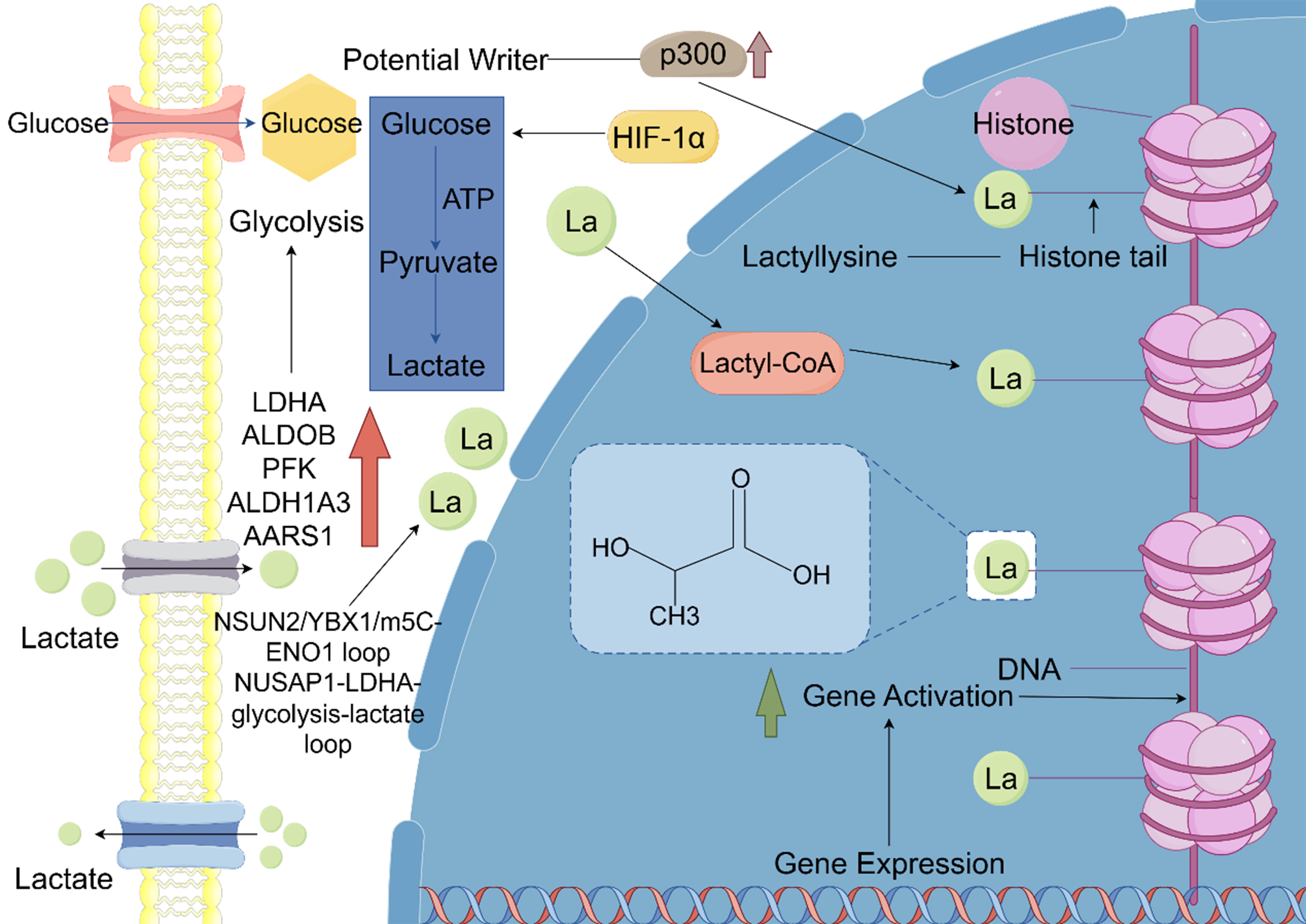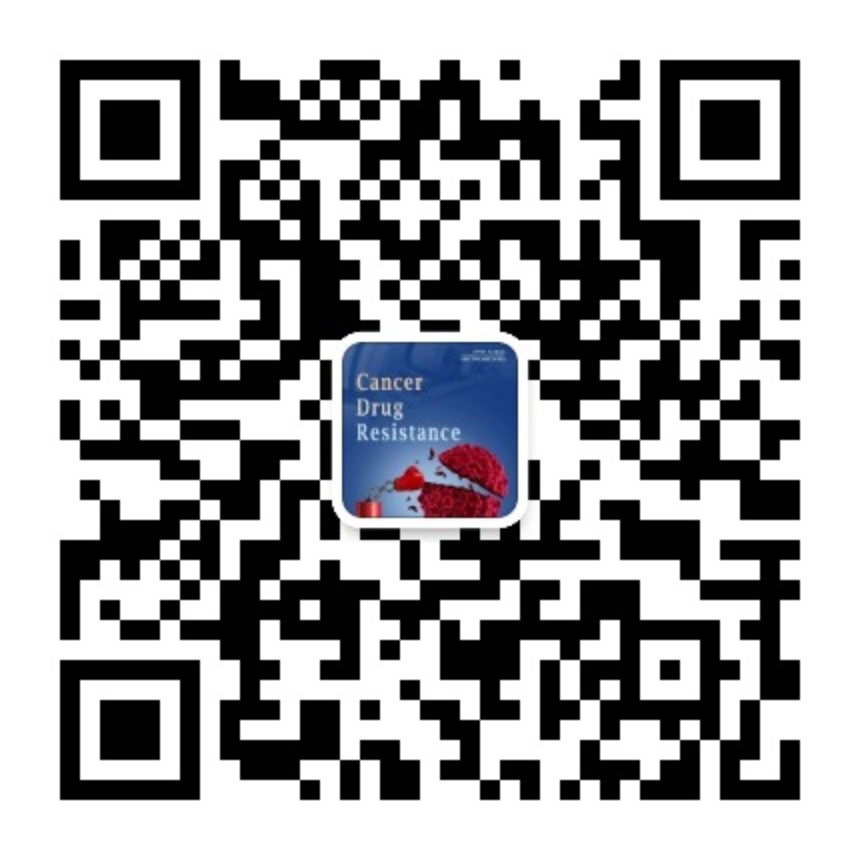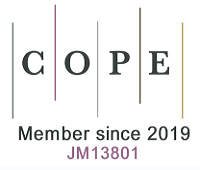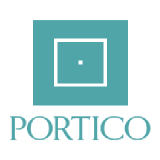fig1
Figure 1. Glucose is metabolized through glycolysis to produce lactate, which can subsequently form Lactyl-CoA. Lactyl-CoA facilitates the conjugation of La to lysine residues on histones, resulting in histone lactylation. This process is catalyzed by p300, a histone acetyltransferase that promotes the addition of lactyl groups to lysine residues on histones. The lactylation of histones alters chromatin structure, enabling transcription factors to more efficiently access DNA, thereby enhancing transcription and gene expression. Histone lactylation has been implicated in gene activation by modifying chromatin architecture to promote transcription. This mechanism likely underpins the role of lactylation in adaptive cellular responses to metabolic stress.












